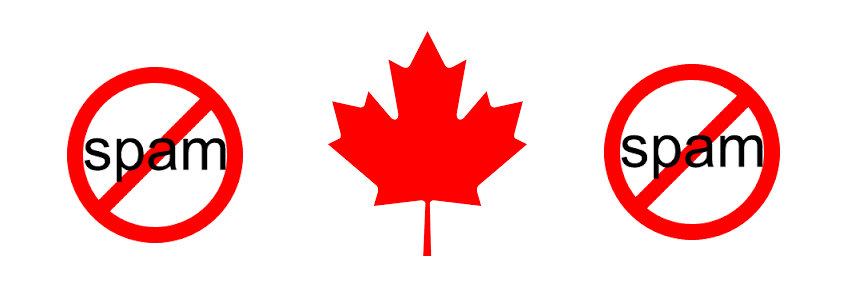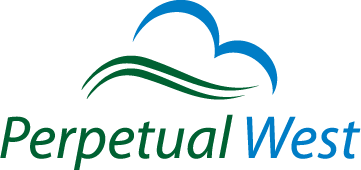
Canada’s Anti-Spam Legislation (CASL) is coming into effect on July 1st, 2014. How should businesses (especially small and medium sized ones) that may not be up to speed with the law deal with the new requirements using their Salesforce database? Here are some suggestions and CASL and 7 technical tips to handling CASL using Salesforce:
A few key points to keep in mind first
- CASL is much broader in scope than CAN-SPAM (the older American Anti-Spam Law). Here’s a great slideshow that highlights the differences. For email marketing, the biggest difference is that users must opt-in, not simply opt-out. This means that your checkbox asking to add someone to your email list on a form submission needs to be unchecked.
- If your target email list has Canadians on it, you will need to comply. This means American and other international companies must abide by CASL when targeting Canadians with CEMs (Commercial Electronic Messages).
- There are stiff penalties for those that don’t comply. This is to ensure that it’s not simply seen as the cost of doing business when marketing to Canadian companies or individuals.
- There are 2 forms of consent, express and implied. Implied consent is very gray area and there are a ton of rules around them. Express content is fairly black and white. Here is a good write up on the topic.
- There are exemptions. Keep in mind however that if you’re unsure, most likely the law applies to your business. Err on the side of caution.
- There will be a private right of action brought into effect on July 1st, 2017. This means individuals can sue your business if you are a violator (think American litigious).
Here are 7 technical tips to handling CASL using Salesforce:
- Get legal advice if you have concerns. Yes, I know this isn’t a technical tip but it’s still worth mentioning. There will be no shortage of legal firms lined up to give you advice on CASL. Please don’t consider this post to be legal advice as it only attempts to provide a framework of the issue and some technical advice within Salesforce. If you have any concerns, contact a firm and get proper legal advice.
- Create an Email Opt-In checkbox field in Salesforce Leads & Contacts. There is a system field called Email Opt Out but I would suggest that you use it only for your email marketing to non-Canadians at the moment. Most email marketing apps that integrate with Salesforce will tie into this field based on the CAN-SPAM requirements. Use the newly created Email Opt In field in Salesforce leads and contacts to demonstrate express consent. If you are ever audited by Canadian enforcement agencies, you will be able to prove compliance.
- Adjust your web forms. Any forms you use for harvesting leads, newsletter sign ups etc. must have unchecked opt-in check boxes for any mailing lists. Use the Email opt-in field in Salesforce as described above to map to your form. If you want to know some of your form options, refer to How Do I Integrate a Web Form With Salesforce?
- Associate all your emails with your Salesforce leads and contacts. This will help to demonstrate implied consent. Strive towards getting express consent however as this is recommended best practice. Email association is best done with a dedicated app to do it properly. For Google Apps, we recommend Cirrus Insight and for Outlook we recommend Salesforce for Outlook. If you have Enterprise Edition, you could create a workflow rule to automatically update the Email Opt-In field based on the last activity on a given contact or lead. You have 6 months to email them from the last activity date.
- Track the last date of purchase. Assuming that you use opportunities in Salesforce to track deals, any closed won opportunities related to the primary contact will allow you to send email to that contact for a period of 2 years.
- Use an email marketing app or marketing automation system. Mailchimp or Vertical Response are good options for small businesses. As a minimum, they comply with CAN-SPAM by having an unsubscribe mechanism, address in the footer etc. Let them do the heavy lifting with your Email Opt In list from Salesforce. They also have acceptable use policies that basically indicate that you must have expressed consent already anyways. Click here for an example from Mailchimp.
- Send an email out to your existing lists before July 1st, 2014 to get express consent. The reality is that your list will shrink but do you really want to send emails out to prospects that don’t read them anyways? Focus on creating engaging content that those with consent (express or implied) will want to read.
Need help with getting CASL compliant in Salesforce? We are Canadian Salesforce experts and can help with your technical CASL compliance requirements. For more information contact Perpetual West at 1 (877) 388-6400.

